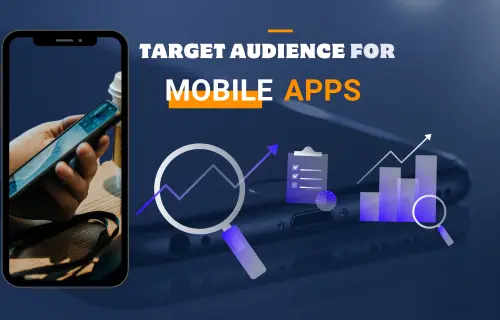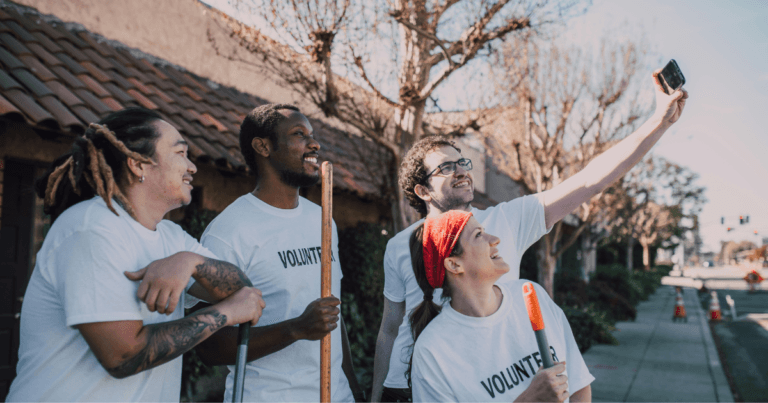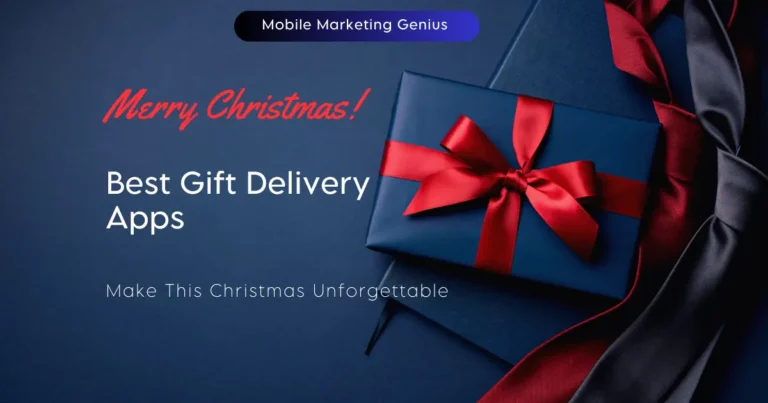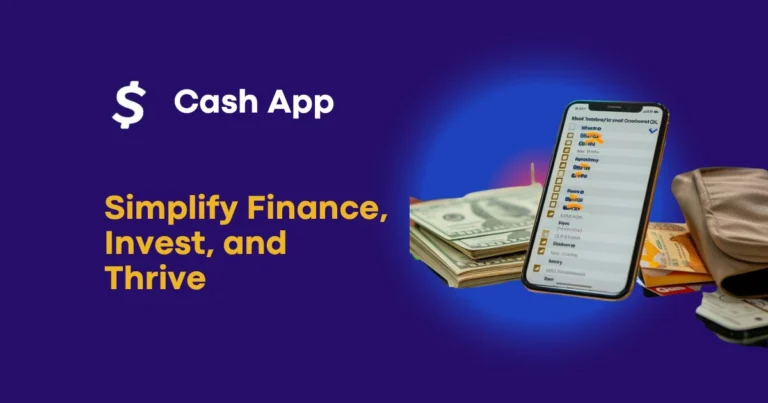How to Define Your Perfect Target Audience for Mobile Apps: A Complete Guide

Defining the right target audience for mobile apps is crucial for the success of any app marketing strategy. Identifying this audience allows you to tailor marketing efforts, optimize user experience, and ensure your app reaches users who will engage with it. In 2023, the global mobile app market size was estimated at $206.85 billion, projected to reach $407.31 billion by 2028 .
With such rapid growth, understanding and targeting the right users is more important than ever. In this guide, we’ll discuss the key steps to define your app’s target audience and explore strategies to reach them effectively.
Table of Contents

Understanding Your Target Audience for Mobile Apps
What Is a Target Audience?
A target audience for mobile apps refers to the group of users most likely to use and benefit from your app. This audience is defined by common characteristics like demographics, behaviors, and interests. In 2024, the number of smartphone users worldwide reached 7.33 billion, making it critical to identify the segment most relevant to your app to optimize marketing strategies effectively.
Importance of Defining a Target Audience
Defining your target audience for mobile apps helps streamline marketing efforts, ensuring higher conversion rates and better resource allocation. When you know your audience, you can:
- Tailor your content and messaging for better engagement.
- Optimize user acquisition strategies to reach the right people.
- Design user experiences that resonate with the preferences and needs of your audience.
Steps to Define Your Target Audience for Mobile Apps
Step 1: Analyze Market Trends and Competitors
Understanding the broader market is a crucial first step in defining your target audience for mobile apps. The mobile app market is expected to grow at a compound annual growth rate (CAGR) of 13.8% from 2023 to 2028 .
Using tools like Google Analytics, App Annie, and Sensor Tower can help you stay updated with trends and analyze user behavior. This analysis can help you identify the demographics and preferences of users engaging with similar apps.
Next, conduct a competitor analysis. Study the types of users your competitors attract and identify gaps in their strategies. For example, if a competitor focuses on younger users, you might find an opportunity to target older users with different needs.
Step 2: Create Detailed User Personas
User personas are essential for understanding the preferences and needs of your target audience for mobile apps. A persona is a fictional representation of your ideal user, based on data and insights. Key aspects to consider include:
- Demographics: Age, gender, location, and income.
- Psychographics: Interests, values, and lifestyle.
- Behavioral Data: App usage habits, preferred communication channels, and spending behavior.
Creating these personas helps to guide your marketing messages and ensures your app resonates with users’ needs.
Step 3: Segment Your Audience
Segmentation is the process of dividing your target audience for mobile apps into smaller, more manageable groups. This approach allows you to tailor marketing campaigns for each segment. Common methods of segmentation include:
- Geographic Segmentation: Targeting users based on their location.
- Demographic Segmentation: Segmenting users by age, gender, or income.
- Behavioral Segmentation: Grouping users based on their engagement levels or purchase history.
Effective segmentation ensures that your messaging is relevant to each group, leading to higher engagement and conversion rates.
Reaching Your Target Audience for Mobile Apps
Use Social Media Platforms
Social media is a powerful way to reach your target audience for mobile apps. Platforms like Instagram, Facebook, and TikTok offer advertising tools that allow precise targeting based on user demographics and interests. In 2023, Instagram had over 2 billion monthly active users, making it a prime platform for app promotion.
Engaging with your audience on social media can also provide valuable feedback, helping you refine your app and marketing approach. Collaborating with influencers can further extend your reach and boost credibility.
Leverage App Store Optimization (ASO)
App store optimization (ASO) is a key strategy to increase your app’s visibility to its target audience. ASO involves optimizing your app’s title, description, keywords, and visuals to improve its ranking in app store searches. Here are some ASO best practices:
- Use relevant keywords in your app’s title and description.
- Optimize screenshots and preview videos to highlight key features.
- Encourage positive user reviews to build trust and boost rankings.
By using ASO, you can ensure that your app is easily discoverable by the users who are searching for apps like yours.
Engage Users with Email Marketing and Push Notifications
Once you have identified your target audience for mobile apps, use email marketing and push notifications to keep them engaged. Personalized messages, updates, and offers can increase retention rates. Studies indicate that personalized push notifications can boost user engagement by 4 times.
Best Practices for Engaging Your Target Audience
Personalize the User Experience
Personalization is crucial when engaging your target audience for mobile apps. Tailored content and personalized recommendations can significantly enhance user satisfaction. For example, apps with personalized content have been shown to increase user retention by up to 25% .
Content Marketing and In-App Messaging
Use content marketing to provide valuable information that resonates with your users. Create blog posts, videos, or social media content that aligns with your audience’s interests. In-app messaging can also be used to guide users through new features or offer customer support directly within the app.
Create Referral Programs
Referral programs can help you expand your reach by encouraging existing users to invite their friends. Over 77% of users are likely to download an app if a friend recommends it . Offer incentives like discounts, in-app rewards, or free access to premium features for successful referrals.
Measuring the Success of Your Targeting Strategy
Track Key Metrics
Measuring the effectiveness of your audience targeting efforts is essential for continuous improvement. Focus on metrics such as:
- Retention Rate: The percentage of users who continue using the app over time.
- Customer Lifetime Value (CLV): The total revenue a user brings over their lifecycle.
- Cost Per Acquisition (CPA): The cost involved in acquiring a new user.
These metrics provide insights into the effectiveness of your user acquisition strategies and help you make data-driven adjustments.
Optimize Based on Data Insights
Regularly review data from mobile analytics tools to understand how your target audience for mobile apps interacts with your app. Look for trends that indicate user preferences and adjust your marketing strategies accordingly. Continuous testing and optimization can help refine your approach, ensuring better engagement and higher conversion rates.
Conclusion
Defining and reaching your target audience for mobile apps is a foundational step in building a successful app. By identifying who your users are and understanding their needs, you can design marketing strategies that speak directly to them. Use the methods and strategies outlined in this article to attract the right users, engage them effectively, and build a loyal customer base.







2 Comments
Comments are closed.